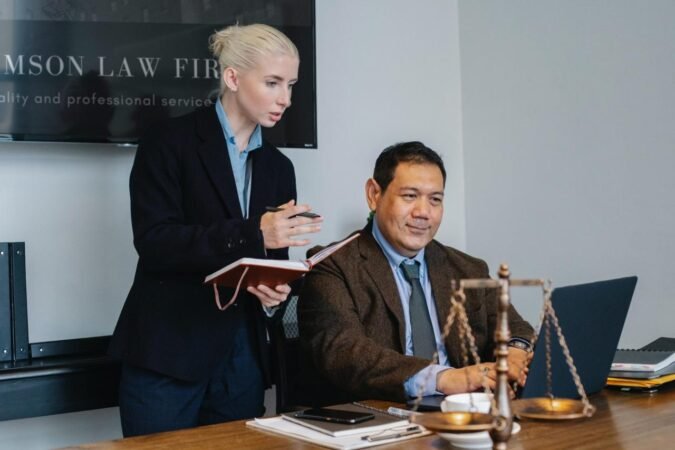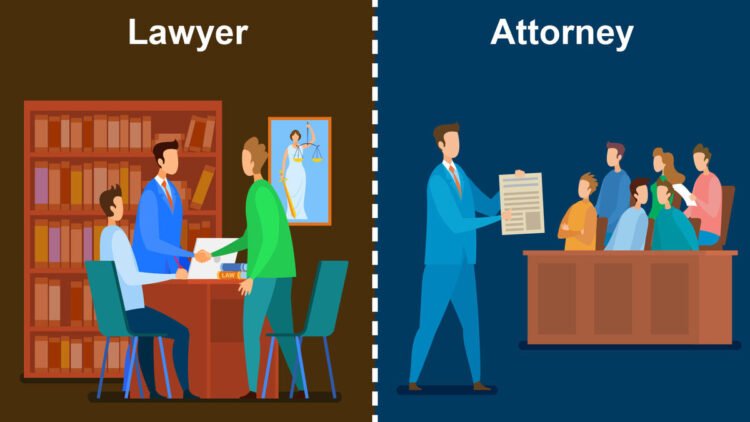
- Introduction
- Historical Foundation of Desegregation
- Legal Framework for Desegregation
- Ongoing Efforts to Uphold Protections
- Table: Legal Protections Against Racial Segregation in Schools
- Conclusion
-
FAQ about Legal Protections Against Racial Segregation in Schools
- 1. What is racial segregation in schools?
- 2. Is racial segregation in schools illegal?
- 3. What was the landmark case that declared school segregation unconstitutional?
- 4. What are the main provisions of the Brown v. Board of Education ruling?
- 5. What remedies did the Supreme Court suggest for school desegregation?
- 6. What are some ongoing challenges to school desegregation?
- 7. What role does the federal government play in enforcing school desegregation?
- 8. Can private schools segregate students by race or ethnicity?
- 9. What are some examples of legal protections against racial segregation in schools?
- 10. What can I do if I believe my child’s school is racially segregated?
Introduction
Greetings, readers! Welcome to our in-depth exploration of the legal protections that safeguard against racial segregation in schools. This topic holds profound significance for ensuring equal access to education and fostering inclusive learning environments for all students.
In this article, we will delve into the historical milestones that paved the way for desegregation, examine the legal framework that prohibits racial discrimination in education, and explore the ongoing efforts to uphold these protections. By understanding the legal safeguards in place, we can contribute to creating a society where every child has the opportunity to learn and grow in a diverse and welcoming environment.
Historical Foundation of Desegregation
Brown v. Board of Education (1954)
The landmark Supreme Court ruling in Brown v. Board of Education marked a watershed moment in the fight against racial segregation in schools. The Court unanimously declared that “separate-but-equal” education facilities were inherently unequal and violated the Equal Protection Clause of the Fourteenth Amendment. This decision overturned the infamous “separate but equal” doctrine established in Plessy v. Ferguson (1896) and paved the way for school desegregation.
Civil Rights Act of 1964
Enacted in the wake of Brown v. Board of Education, the Civil Rights Act of 1964 further strengthened legal protections against racial discrimination in education. Title IV of the Act authorized the federal government to withhold funds from school districts that failed to desegregate in accordance with Brown v. Board of Education. This provision played a crucial role in accelerating the pace of desegregation throughout the United States.
Legal Framework for Desegregation
Fourteenth Amendment
The Fourteenth Amendment to the U.S. Constitution guarantees equal protection under the law to all persons. This amendment provides the legal foundation for prohibiting racial segregation in schools and ensuring that all students have equal access to quality education.
Title VI of the Civil Rights Act of 1964
Title VI of the Civil Rights Act of 1964 prohibits discrimination based on race, color, or national origin in any program or activity receiving federal financial assistance. This includes educational institutions, which are required to provide equal access to all students regardless of their race or ethnicity.
Ongoing Efforts to Uphold Protections
Monitoring and Enforcement
The U.S. Department of Education’s Office for Civil Rights (OCR) is responsible for enforcing Title VI of the Civil Rights Act of 1964 and other federal laws prohibiting racial discrimination in education. OCR monitors school districts to ensure compliance and investigates complaints of discrimination.
Community Involvement
Community involvement plays a vital role in upholding desegregation protections. Parent-teacher organizations, community groups, and advocacy organizations work to promote diversity and inclusion in schools and monitor for any signs of discrimination.
Table: Legal Protections Against Racial Segregation in Schools
| Law | Key Provision |
|---|---|
| Fourteenth Amendment | Equal protection under the law for all persons |
| Title VI of the Civil Rights Act of 1964 | Prohibits discrimination based on race in programs receiving federal funding |
| Brown v. Board of Education | Declares “separate-but-equal” education facilities to be inherently unequal |
Conclusion
Legal protections against racial segregation in schools are essential for ensuring equal access to education and fostering inclusive learning environments for all students. The landmark Brown v. Board of Education decision and subsequent legislation have laid the legal groundwork for desegregation, while ongoing efforts by the federal government and community organizations continue to uphold these protections.
We encourage readers to further explore this topic by checking out our other articles on “Diversity and Inclusion in Education” and “The Importance of Equity in Schools.” Together, we can work to create a society where every child has the opportunity to reach their full potential, regardless of their race or ethnicity.
FAQ about Legal Protections Against Racial Segregation in Schools
1. What is racial segregation in schools?
Racial segregation in schools refers to the separation of students into different schools or classrooms based on their race or ethnicity.
2. Is racial segregation in schools illegal?
Yes, racial segregation in schools is illegal under the Equal Protection Clause of the Fourteenth Amendment to the U.S. Constitution.
3. What was the landmark case that declared school segregation unconstitutional?
Brown v. Board of Education of Topeka (1954) was the landmark case that declared racial segregation in public schools unconstitutional.
4. What are the main provisions of the Brown v. Board of Education ruling?
The Brown v. Board of Education ruling prohibited the establishment of segregated schools and required the desegregation of existing schools with “all deliberate speed.”
5. What remedies did the Supreme Court suggest for school desegregation?
The Supreme Court suggested remedies such as redrawing school attendance zones, busing students to different schools, and creating magnet schools to promote integration.
6. What are some ongoing challenges to school desegregation?
Ongoing challenges to school desegregation include housing segregation, poverty, and school funding disparities.
7. What role does the federal government play in enforcing school desegregation?
The federal government plays a role in enforcing school desegregation through the U.S. Department of Education’s Office for Civil Rights (OCR).
8. Can private schools segregate students by race or ethnicity?
No, private schools are not subject to the same constitutional requirements as public schools and can segregate students by race or ethnicity.
9. What are some examples of legal protections against racial segregation in schools?
Legal protections include the Equal Protection Clause, the Civil Rights Act of 1964, and the Equal Educational Opportunities Act of 1974.
10. What can I do if I believe my child’s school is racially segregated?
If you believe your child’s school is racially segregated, you can file a complaint with the OCR or contact the National Association for the Advancement of Colored People (NAACP).





